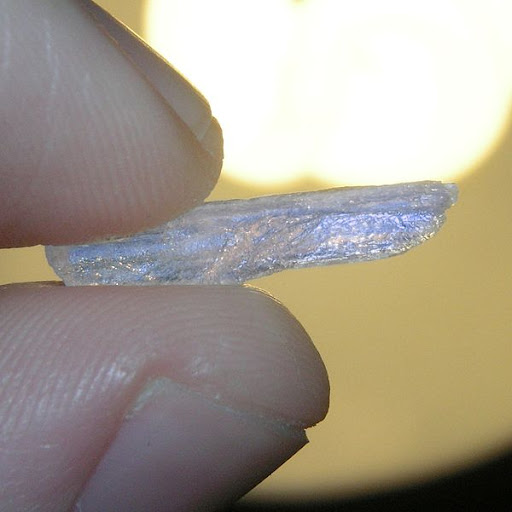Crystal Meth: The Evil Face Of Drugs – OpEd
By Chrissy Burns
Recent, shocking anti-drugs advertisements show the devastating and irreparable effects of a drug called Crystal Meth, a highly addictive and damaging illegal substance. The pictures pull no punches in their approach to getting across just how severely this substance affects people and have been produced in such a way as to show the effects of the drug on the body and mind over a period of years.

Whilst it provides compelling proof of the ravages of abuse, it also starkly highlights how Crystal Meth and drugs of the same ilk do not discriminate and they show that anyone, from whatever walk of life can become an addict.
What is it?
Commonly used as a drug in clubs, it is actually in the same class as Cocaine and Heroin, purely because of its dangerous addictive qualities and the harm it can do to the body in a relatively short time span.
Characteristics:
- A white drug that is crystalline in appearance.
- Taken by snorting, by injection, by smoking or even in some cases orally though this is less common that the other methods.
Although commonly and universally known as Crystal Meth, according to whichever country you live in it can go by other names:
- In the US it’s likely to be known as Crystal, Glass, Hot Ice or Quartz.
- In Europe it’s likely to go by the name of Pervitin.
- In Asia it’s commonly called Yaba and is taken in pill form.
The Five Stages of Crystal Meth
When someone takes Crystal Meth for the first time, or once they become addicted, their experience of what happens to the brain and body when they ingest it can typically be categorized into five different stages:
Initial Rush: This is experienced after the drug is first ingested. Users will get a temporary rush of adrenalin, with their blood pressure and heart rate increasing rapidly. In someone who is addicted to cocaine, the initial rush might only last one or two minutes, but in someone taking Meth, it can last much longer, for up to half an hour.
Temporary High: Once the user is high, they experience some personality changes. They may become aggressive, very irritable and feel they can’t be challenged on anything. Users may also become obsessive and fixated on something which they then do repetitively, as an example, scratching their skin, or focussing on cleaning something over and over. During this time, the abuser may find that their appetite is suppressed but that their craving for Meth increases so they start to binge on it, striving to get the next high, until they are so addicted that they reach a state of impasse.
Crash and burn: This is when the drug simply has no effect anymore. The abuser can no longer get high and starts to feel depressed and withdrawn. During this period hallucinations may occur which make the addict experience psychotic episodes. They can become extremely ill as they do not eat or drink and the hallucinations can cause them to mutilate themselves. A condition called “Meth Mouth” develops in which the users teeth and gums become rotten, often due to intense periods of tooth grinding and the fact that they are consuming very little or no food at all.
Withdrawal: The addict will start to realise they are withdrawing from the drug, which can lead to further depression. Once the comedown starts proper, this is when abuser begins to crave the drug again for its initial stimulating properties. Typically, this is when most Meth users will start to use the drug again rather than simply completing their withdrawal from it, as the side effects and symptoms are particularly painful and difficult to deal with.
Crystal Meth as a global drug phenomenon
In the USA, current estimates show that there may be as many as twenty five million Crystal Meth addicts at the time of writing.
Over in Europe, in countries such as the Czech Republic, Latvia, Sweden and Finland figures suggest that between twenty and sixty percent of all drug users who are seeking treatment for addiction problems are doing so because of issues with Crystal Meth. Getting help for Crystal Meth addiction is an important step to take if you or someone you love is suffering from problems with this substance.
Treatment centres and addiction facilities claim that whilst the initial withdrawal symptoms and detoxification can be far quicker than with many other forms of illegal drug, the long term treatment process is much longer, depending on just how long the addiction has been in place for. The inherent outward physical damage that the drug causes will also need addressing as part of the overall treatment plan. With any addiction, the sooner it is caught, the better the chance there is of recovery, but it is never too late to seek help.
Chrissy Burns is a freelance writer on behalf of the Coalition Against Drug Abuse. As well as being a health writer she strongly believes that, for many, diet and exercise can be a powerful tool to avoid the early use of drug treatments for many minor ailments.
